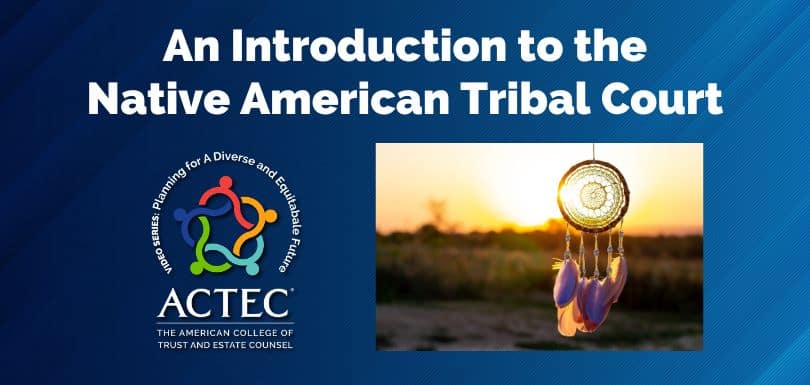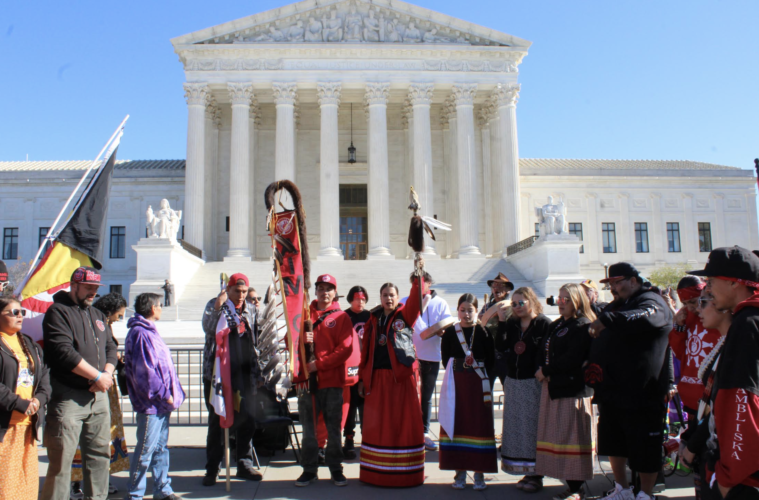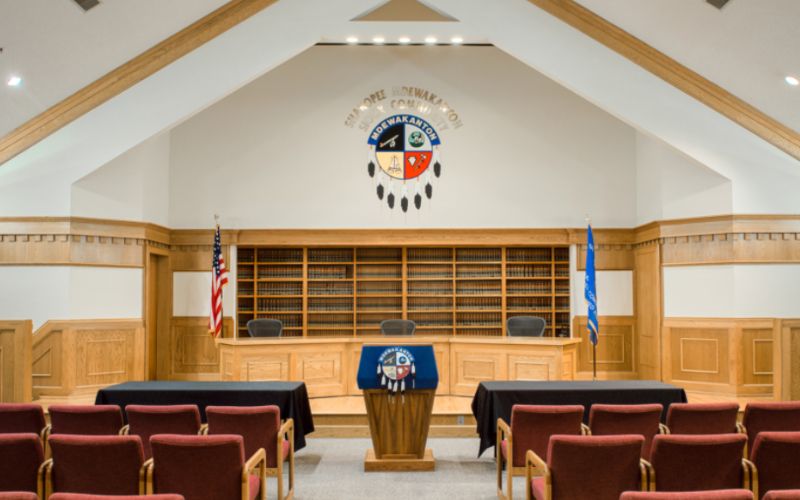
Pillars of Sovereignty: Native American Tribal Courts, Traditional Justice, and Legal Self-Determination
In the vast and intricate tapestry of American law, a unique and profoundly significant thread often goes unnoticed by the mainstream: the legal systems of Native American tribal nations. Far from being mere extensions of federal or state authority, tribal courts stand as vibrant embodiments of legal sovereignty, cultural resilience, and a profound commitment to justice rooted in ancient traditions. They represent not just a judicial branch, but a fundamental pillar of self-governance, nation-building, and the preservation of distinct indigenous identities.
The story of tribal courts is inextricably linked to the broader narrative of Native American sovereignty. Before European contact, indigenous nations possessed sophisticated and diverse legal systems, each tailored to their unique cultures, spiritual beliefs, and social structures. Justice was often communal, focused on restoration, balance, and the healing of relationships rather than punitive retribution. The arrival of European powers, however, initiated centuries of disruption, land dispossession, and systematic attempts to dismantle tribal governments and assimilate Native peoples. Federal policies, from the "removal" era to the allotment and termination policies of the 19th and 20th centuries, sought to eradicate tribal legal authority, replacing it with federal Indian agents, Courts of Indian Offenses, or the jurisdiction of state courts.
Yet, the inherent right of self-governance, though suppressed, was never extinguished. The Indian Reorganization Act of 1934 marked a turning point, encouraging tribes to re-establish their governments and write constitutions. The subsequent era of "self-determination" in the 1970s further empowered tribes to exercise their sovereign powers, leading to the revitalization and expansion of tribal judicial systems. Today, over 400 federally recognized tribes operate their own court systems, ranging from highly formalized, Western-style courts with trained legal professionals to community-based peacemaking councils that emphasize traditional dispute resolution.
At the heart of tribal courts lies the principle of legal sovereignty. This is not a power granted by the United States government, but an inherent authority that predates the formation of the U.S. As the Supreme Court affirmed in United States v. Wheeler (1978), the power of Indian tribes to punish tribal offenders "springs from their own retained sovereignty," not from any delegation of federal authority. This distinction is crucial: tribal nations possess a nation-to-nation relationship with the United States, and their courts exercise jurisdiction over their members and, in many cases, over non-members who commit offenses on tribal lands.
However, the exercise of this sovereignty is not without its complexities and challenges. Federal law has, at various times, limited tribal jurisdiction, particularly over non-Indians. Public Law 280, enacted in 1953, unilaterally transferred criminal and some civil jurisdiction over Indian country to certain states without tribal consent, creating jurisdictional quagmires that persist to this day. Moreover, tribal courts must navigate a complex legal landscape that includes tribal codes, federal Indian law, and, at times, state law, all while upholding due process protections for defendants.

Despite these external pressures, the internal strength of tribal courts often stems from their commitment to traditional justice. Many tribal judicial systems consciously integrate indigenous values and practices, moving beyond the adversarial model prevalent in Western law. This often manifests in several ways:
- Restorative Justice: Instead of solely focusing on punishment, many tribal courts prioritize repairing harm, restoring relationships, and reintegrating offenders into the community. This aligns with ancient practices where the focus was on communal well-being. Sentencing might involve community service, apologies, counseling, or participation in cultural ceremonies.
- Peacemaking and Healing to Wellness Courts: These innovative models, inspired by traditional dispute resolution, emphasize dialogue, consensus-building, and holistic healing. Peacemakers—often elders or respected community members—facilitate conversations between victims, offenders, and their families, seeking solutions that address the root causes of conflict and promote long-term well-being. Healing to Wellness courts, for instance, are specialized drug courts that combine substance abuse treatment, cultural activities, and judicial oversight to support recovery.
- Community Involvement: Tribal courts often draw heavily on community wisdom and participation. Judges may not always be Western-trained lawyers but respected elders, spiritual leaders, or individuals with deep knowledge of tribal customs and laws. This ensures that justice is delivered in a culturally appropriate and community-supported manner.
- Cultural Context: Tribal laws and court decisions frequently incorporate tribal customs, languages, and spiritual beliefs. For example, child welfare cases are often guided by the principles of the Indian Child Welfare Act (ICWA) of 1978, a landmark federal law that recognizes the unique cultural identity of Native children and the vital role of tribal families and communities in their upbringing. ICWA mandates that tribal courts have primary jurisdiction over child custody proceedings involving Native American children, prioritizing placement with tribal families and respecting tribal customs.
The tangible impact of these systems on tribal communities is profound. They provide a culturally relevant forum for resolving disputes, protecting rights, and enforcing laws. They address issues unique to tribal nations, such as the protection of cultural resources, tribal membership disputes, and the enforcement of environmental regulations on tribal lands. By providing a local and accessible justice system, tribal courts foster trust, reduce crime, and strengthen tribal governments.
However, the journey of tribal courts is ongoing and fraught with significant challenges. Underfunding remains a critical issue, with many tribal courts operating on shoestring budgets compared to their state and federal counterparts. This leads to a lack of resources for judges, prosecutors, public defenders, and court staff, as well as inadequate facilities and technology. "Brain drain," where talented Native legal professionals are drawn to higher-paying positions outside their communities, also impacts capacity. Furthermore, the constant battle for jurisdictional clarity and recognition from state and federal governments consumes valuable resources and energy.

Despite these hurdles, the resilience and adaptability of tribal courts shine through. They are constantly innovating, developing new codes, expanding their services, and collaborating with federal and state agencies to improve justice outcomes. Organizations like the National American Indian Court Judges Association (NAICJA) play a crucial role in providing training, technical assistance, and advocacy for tribal judiciaries, ensuring that judges and court personnel are equipped to meet the evolving demands of their communities.
In essence, Native American tribal courts are more than just legal institutions; they are living testaments to self-determination, cultural preservation, and the enduring quest for justice. They are spaces where ancient traditions meet modern legal principles, where community healing is prioritized alongside legal accountability, and where the sovereignty of indigenous nations is not merely declared but actively practiced. As these courts continue to evolve and strengthen, they not only serve their respective tribal nations but also offer valuable lessons to the broader legal world about the potential for justice systems that are truly responsive, restorative, and rooted in the unique values of the communities they serve. Their continued growth and recognition are vital, not just for Native Americans, but for the very fabric of justice and self-governance in a pluralistic society.